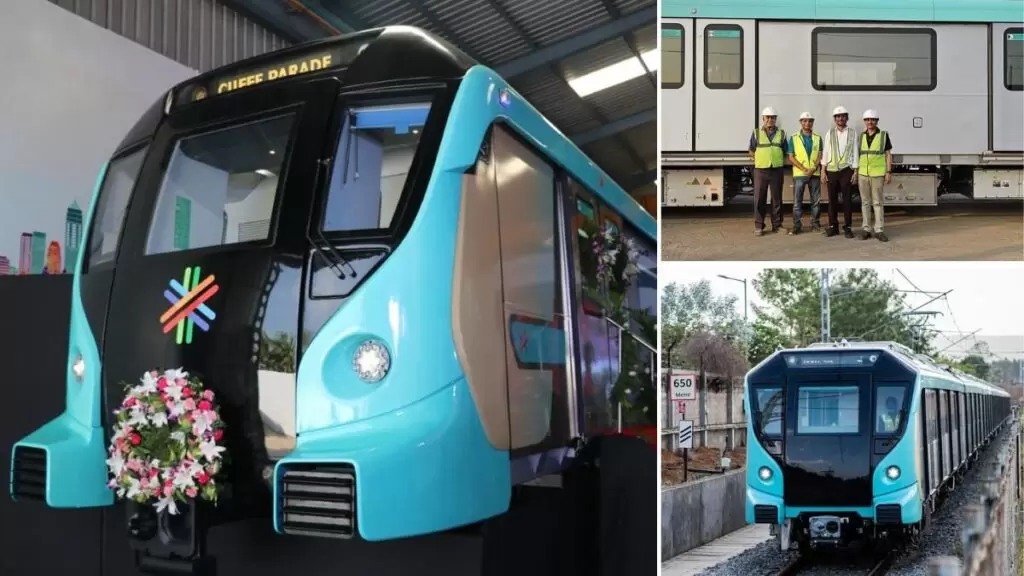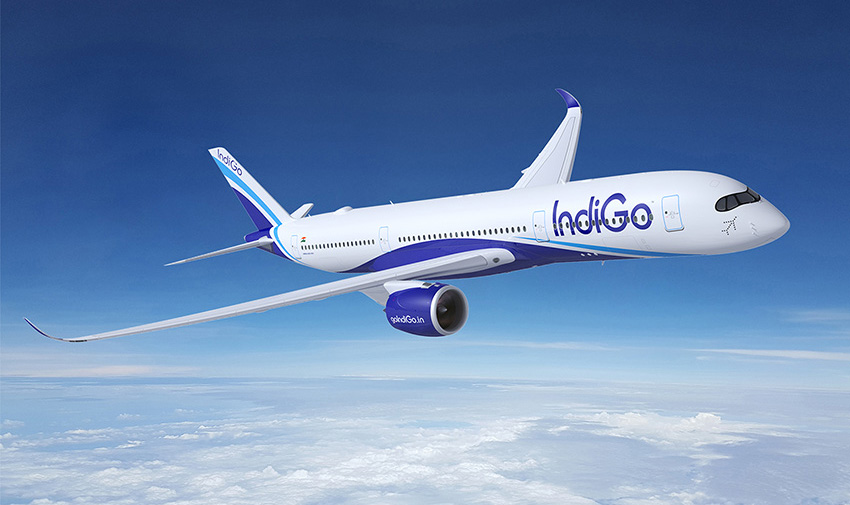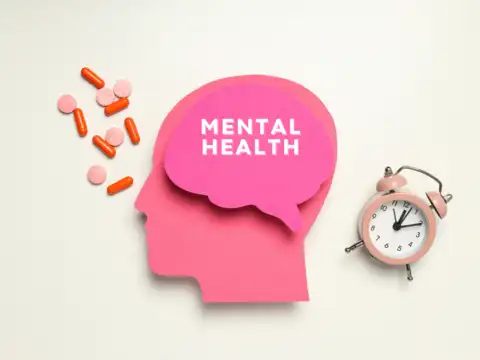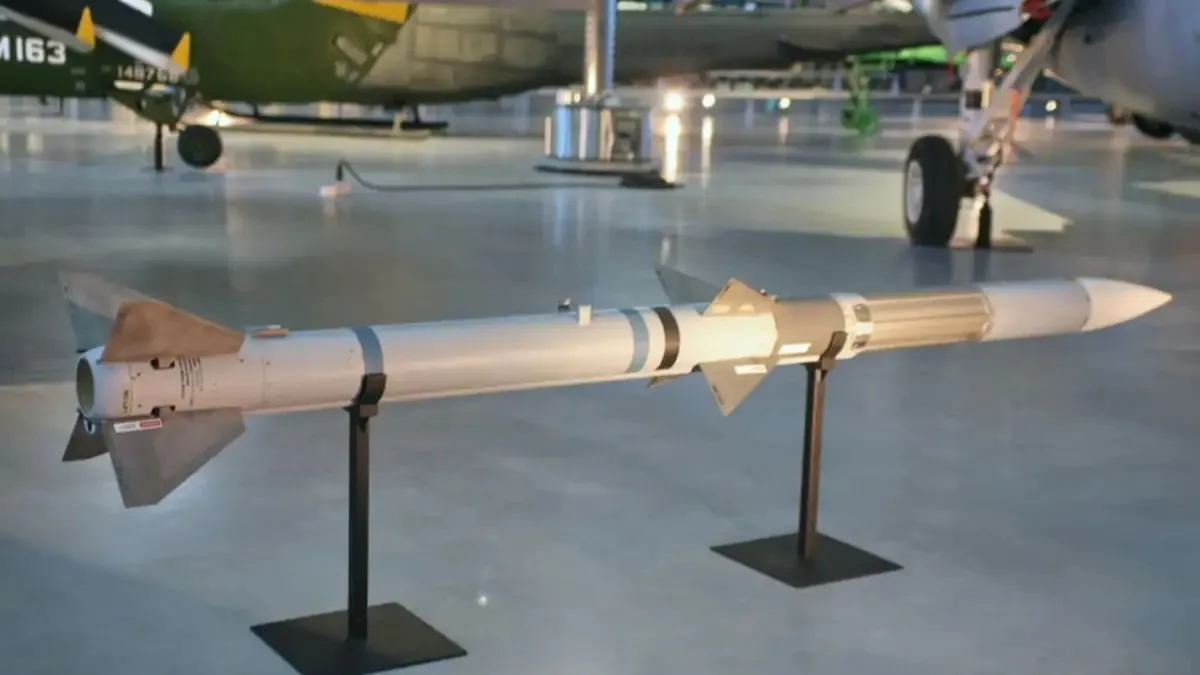Now Reading: Mumbai Aqua Line Breaks Records: 1.5 Lakh Riders on Day One
-
01
Mumbai Aqua Line Breaks Records: 1.5 Lakh Riders on Day One
Mumbai Aqua Line Breaks Records: 1.5 Lakh Riders on Day One

Mumbai’s Aqua Line, officially known as Metro Line 3, has made a remarkable debut, setting a new benchmark in India’s metro history. On its inaugural day, the fully underground corridor connecting Aarey to Cuffe Parade recorded an impressive ridership of 1,46,087 passengers by 9 PM. This milestone underscores the city’s growing demand for efficient public transportation solutions.
A Milestone in Urban Mobility
The Aqua Line spans 33.5 kilometers, making it India’s longest underground metro corridor. The line features 27 stations, with 26 underground and one at-grade, offering seamless connectivity between key business districts, residential areas, and tourist attractions. The metro’s design incorporates modern amenities, including driverless trains and advanced signaling systems, ensuring a smooth and safe commuting experience.
Enhanced Connectivity and Reduced Travel Times
The Aqua Line significantly reduces travel time across several key routes. For instance, a journey from Aarey to Cuffe Parade takes approximately 58 minutes by metro, compared to over 80 minutes by car. Similarly, the BKC to Churchgate route is completed in 31 minutes via the metro, offering a cost-effective alternative to traditional modes of transport.
Challenges and Future Prospects
Despite the initial success, the Aqua Line’s launch was not without challenges. Technical glitches at stations like Churchgate caused temporary disruptions. However, such issues are expected to be addressed promptly as the system stabilizes. Looking ahead, the Aqua Line is projected to handle up to 2 lakh daily riders, with long-term estimates reaching between 13 to 17 lakh daily commuters, reflecting the city’s growing reliance on metro services.
Conclusion
The Aqua Line’s successful launch marks a significant step towards transforming Mumbai’s public transportation landscape. By providing a reliable, efficient, and eco-friendly alternative to road travel, the metro is poised to alleviate traffic congestion and improve the overall quality of urban life. As the system continues to evolve, it holds the promise of a more connected and sustainable future for Mumbai.

























